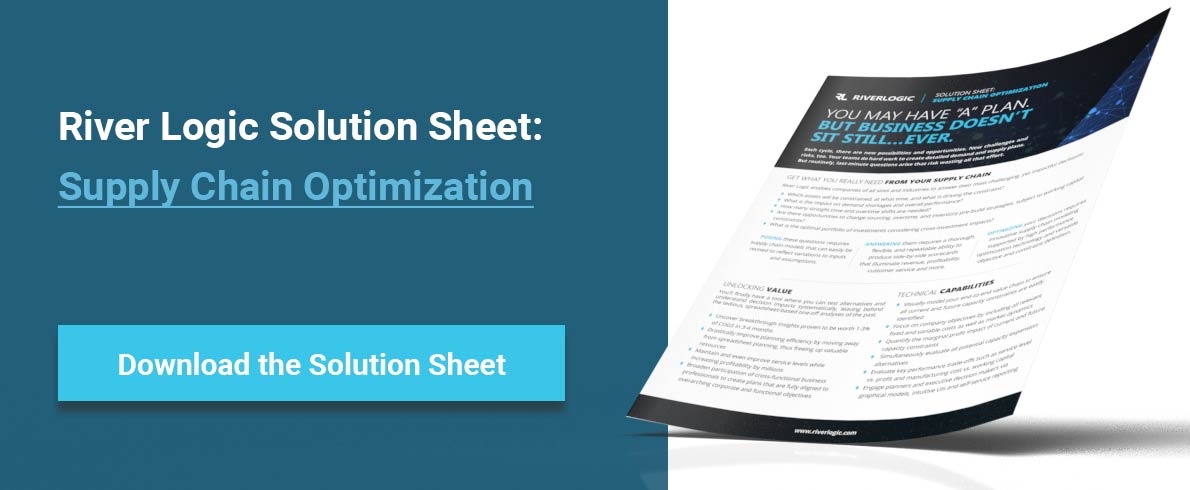The question on many analysts’ lips is if there’s a second wave, how will it affect the economy and manufacturing in particular? Following on from losses incurred in the first half of 2020, a second wave could be devastating unless companies act now to mitigate their impact. The difficulty is knowing what should be done, especially as many companies initially underestimated the extent of the initial devastation that disrupted worldwide economic activity for almost six months.
A Second COVID-19 Wave Is Likely
While some countries, notably New Zealand and Australia, have managed to almost entirely eradicate the SARS-CoV-2, most have not. The virus will continue to spread until something stops it, such as:
- A vaccine is developed
- Herd immunity is established
- The virus mutates into a weaker, less dangerous state
Unfortunately, none of those conditions exist on mainland America, nor elsewhere in Europe and Asia.
Consequently, it’s almost certain we will continue to see COVID-19 infections for the foreseeable future, the extent of which will be determined by the effectiveness of social distancing and other measures taken to limit the spread of infection. Based on simulations and past experience, it seems likely the virus will continue to spread in one of two ways:
- Ongoing flare-ups every few months over the next few years until some level of herd immunity is established.
- A severe second peak, probably during the northern hemisphere’s winter, similar to what happened with the Spanish Flu in 1918.
Where Will a Second Wave Hit, and Who Will It Affect?
While it’s almost impossible to predict where and when second waves will hit, anecdotal evidence indicates a few possibilities. One possibility is that it will initially hit Asia. Reasons for this include the infection flare-ups in South Korea, Hong Kong and China. Another risk closer to home is the nationwide coming together of protestors demonstrating against police violence that could inadvertently lead to a second surge in U.S. infections and deaths. Also, as countries relax restrictions in an attempt to resume normal economic activity, the increased level of social contact could lead to new outbreaks throughout the industrialized world.
Manufacturing Could Be Devastated By a Second Wave
The first wave of COVID-19 hit the U.S. and world economy hard. It’s estimated the 2020 global GDP will be lower by between 6.4% and 9.4%. U.S. unemployment, although showing signs of recovery, still stands at around 13%. Despite millions of dollars in assistance and bail-outs, the industry is facing tough times, and experts forecast a slow recovery.
In practical terms, this means businesses, manufacturers and financial institutions all face a cash flow crisis. For months there’s been little coming in, while expenses such as rental, loan repayments, utilities and other outgoings have continued.
The impact of a second COVID-19 wave could be disastrous, especially if it hits over winter this year. Few companies will have been able to shore up their financial situation to the extent they can handle further lockdowns, nor deal with falling sales and further supply chain disruptions.
Importance of Acting Now
While it’s natural that most businesses’ primary focus will be on rebuilding markets, increasing sales and restoring manufacturing to an acceptable level, it’s absolutely vital that executives focus on the right strategies. Without exception, most companies initially will be forced to operate sub-optimally as they deal with social distancing restrictions, patchy and erratic supplies, and uncertain order books.
Risk management strategies need to be addressed. There’s the need to ensure your operating and risk mitigation practices are effective, safe, and above board. Supply chain managers need to keep a full picture of their organization in mind and quickly make decisions that can have a significant impact on their performance.
Now’s the time to invest in forward-looking analytics, such as prescriptive analytics, which help identify forward-looking strategies for building and strengthening the business while bringing agility and depth to decision-making. Top companies know something needs to change if they want to ensure the future success of their supply chain, and investing in advanced analytics now instead of when it’s too late will be the major differentiator between those who thrive and those who crumble if/when a second wave of shutdowns occurs.
Prepare for the Unknown
The next few months are of critical importance as many businesses step out into unknown territory. The challenges facing businesses today are unique and unprecedented; there’s no road map for how to move forward.
Apart from getting your company back on its feet, there’s the need to prepare for what could be a vicious second COVID-19 wave or an ongoing struggle with recurrent surges over the next few years. As McKinsey points out, companies are facing a twin threat to lives and livelihood as a consequence of the COVID-19 pandemic, as they move into a new normal.
Predictive Analytics Can Help but Isn’t Quite Enough
As business analytics have matured, many companies have turned to forward-looking analytics solutions, including predictive analytics. This useful technique helps companies predict future trends that may affect their business processes. Using advanced statistical modeling techniques, predictive analytics can determine trends hidden within the organization’s data that aren’t accessible using conventional analysis. Supply chain organizations use predictive analytics for demand forecasting, predictive pricing strategies, and inventory management.
The problem arises when the future has so many unknowns and is no longer predictable. Companies can’t rely on forecasted consumer buying behaviors or market shifts. At this point in time, no one can, with any certainty, predict what the economy will be like in three, six, or even 12 months. While it’s tempting to assume some form of steady growth, who can tell if the world will go through another series of economic lockdowns?
In fact, looking forward, there’re a number of alternative scenarios, all with completely different outcomes. In this situation, the limitations of predictive analytics mean this form of analytics just won’t cut it.
Identifying the Right Decisions and Trade-Offs with a Prescriptive Analytics Digital Twin
The fundamental weakness of predictive analytics is that the technique does not guide decision-making, but simply points to a need to make a decision based on predictions related to what may happen.
In the current scenario, companies need more than that. They need to be able to evaluate vastly different scenarios, pose what-if questions regarding different COVID-19 developments and determine which strategies are a best fit in terms of what may happen. This is the field of supply chain optimization modeling based on prescriptive analytics that allows companies to evaluate different scenarios and determine optimal solutions.
An exciting and recent development in supply chain modeling is the concept of a digital twin. Rather than simply preparing a model of the business for analysis, a digital twin closely replicates real-world organization, including constraints, trade-offs, functional relationships and responses, which offers the ability to evaluate real-life scenarios knowing that solutions proposed will be feasible and realistic. A digital twin significantly reduces the time needed for scenario analysis, facilitating informed, data-driven decision making.
Don’t Let COVID-19 Ruin Your Business
Now is not the time for any degree of complacency. While many businesses are in the first stages of COVID-19 recovery, the future is uncertain with many difficult challenges ahead. While it’s essential to get your business back on track, it’s equally vital to prepare for a second COVID-19 wave. No one knows exactly how this will affect the future, but by investing in better analytics now, sustaining optimal performance down the line is infinitely more feasible.





